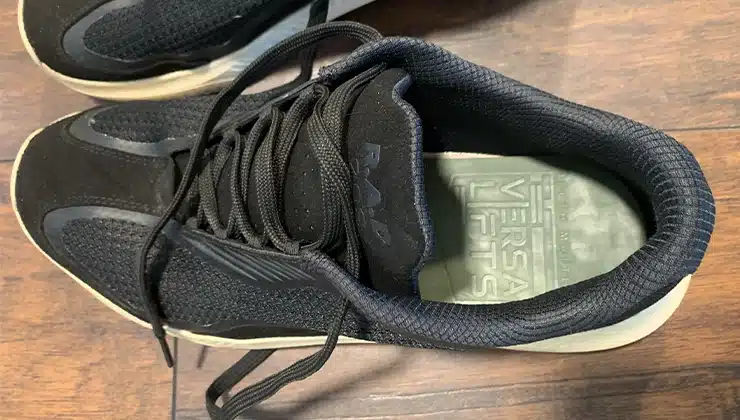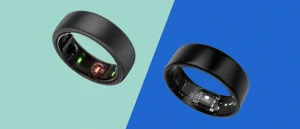Suck at Squatting? Try These Squat Training Wheels
Welcome to Take My Money, a column where we geek out about our favorite products.
How can I put this? I’m not flexible. I can’t touch my toes without bending my knees and I can barely manage a butterfly stretch. When I heard about a muscle group called the psoas and the weirdly specific products used to stretch them (one of them creatively named the Pso-Rite) I instantly knew I was going to feel immense discomfort and have to pretend I wasn’t on the verge of tearing something.
So when I say I’ve had to push my personal limits to achieve reasonable squat form, I hope you’ll take my word for it. A couple months back, though, I discovered a cheat code to better squat form I wished I had found earlier: VersaLifts. Before you taunt me, let me explain.
What Are VersaLifts, and Why Do I Love Them?
VersaLifts V2s are simple heel inserts. They’re 1/2-inch at their tallest and they’re meant to help with a number of different squat- and lifting-based ills. How, you ask?
The gist is many people—I promise it’s not just me—have poor ankle mobility. Poor ankle mobility means, when you’re descending into a squat, your ankle is too tight to let your knee come down over it as you want in a healthy-looking squat. If you try to hit proper depth with poor ankle form, you’re likely screwing with another part of the lift that could cause injury—maybe you lean forward too much, putting a huge load on your lower back, or you widen your stance too much and feel a sharp pain in your hip flexors. In any case, hitting the proper depth is important to see the muscle gains you want, and doing so safely is important for obvious reasons.

I can reach deep squats without compromising form
As we’ve established, my ankles don’t provide me much in the way of mobility. This meant I had to either not hit the depth needed to make the barbell squat worth the time and effort or risk an injury—not a great set of options.
Initially, I used plates to elevate my heels and achieve the right depth. This is a common practice in gyms. You just slip a weight under the back third of your foot or so and do a squat as you normally would. This works fine, but didn’t feel very stable for me.
VersaLifts are more or less suction-cupped onto the heel during a lift, so they just feel more secure. The feeling of safety and security is extremely important when you’re putting heavy loads on your shoulders.
This good feeling translated to ultra-deep barbell back squats and, over time, better ankle mobility than I started with.
My quads and butt get way more work
Of course, the real benefit of squatting with good form at depth is muscle development. Your quads and butt—the two primary muscle groups you’re working in a squat—are enormous muscles with enormous power potential. The full-depth squat provides massive concentric (going down into the squat) and eccentric (coming up from the squat) muscle contraction. Thus, being able to get down and back up again safely meant I was able to add an extra set into my squat movements on leg day, and every rep felt like twice the work (in a good way).
If you think raising your heel is an artificial way of increasing range of motion, well, you’re obviously right. But this is exactly what’s done on more or less every machine lift, including the hack squat, which is almost entirely built around shifting the angle of the ankle to allow for more depth and range of motion.
They’re $29, y’all
Lots of fitness gear is expensive. We’ve reviewed gym shorts that cost more than $100, shoes pushing $200, and a whole hell of a lot more insulting price points on top of that. VersaLift V2s are just $29 and go on sale fairly regularly. Each version is the same price, too—the denser, more heavyweight-focused “Strength” VersaLifts as well as the much softer “Endurance” iteration. I got the pair that sits right between them.
The Bottom Line
If you’re struggling to hit squat form, VersaLifts V2s are a potentially very cheap “hack.” By raising your heel ever so slightly, they increase the range of motion available in your squat significantly. That means they’re basically $29 gains multipliers. Who doesn’t want that?









